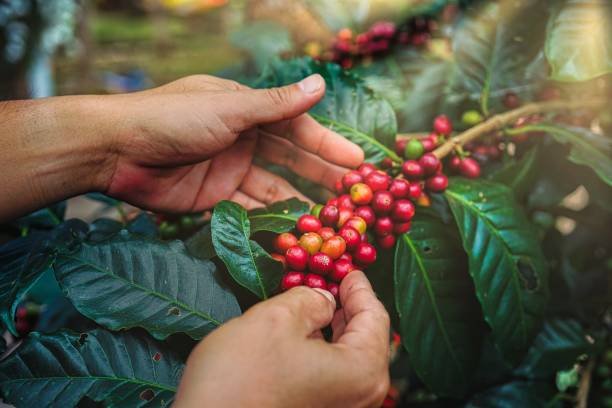Unveiling the Intricacies of Coffee Harvest
Coffee, the world’s beloved beverage, embarks on a fascinating journey from cultivation to cup. Central to this journey is the harvesting process, a crucial stage that determines the quality and flavor nuances of the final brew. In this essay, we will delve into the intricacies of coffee harvesting, exploring the methods employed and the labor-intensive yet artful practices that contribute to the creation of the perfect coffee bean.
The coffee journey begins in coffee plantations, often located in regions with specific climatic conditions and altitudes conducive to coffee cultivation. Coffee plants, belonging to the genus Coffea, bear fruit known as cherries. These cherries take several months to ripen, transitioning through various colors from green to yellow, red, and ultimately dark crimson. The ripening process is crucial, as it influences the coffee’s flavor profile and acidity.
Unlike some other crops, coffee is typically harvested by hand, a practice known as selective picking. Skilled laborers, often local farmers, traverse the coffee plantations, carefully selecting only the ripe cherries for harvest. This meticulous approach ensures that only the highest-quality beans are collected, as unripe or overripe cherries can negatively impact the flavor and quality of the coffee.
In some cases, particularly with robusta coffee, strip picking is employed. This method involves harvesting all the cherries from a branch in a single pass, regardless of their ripeness. While strip picking is less labor-intensive, it can result in a mixture of ripe and unripe cherries, potentially affecting the overall quality of the coffee.
In modern coffee production, mechanical harvesting is gaining popularity, especially in large-scale plantations. Machines equipped with rotating drums or mechanical arms strip the cherries from the branches. While this method significantly reduces labor costs, it requires careful calibration to ensure that only ripe cherries are harvested, maintaining the quality of the beans.
Following the harvest, the coffee cherries undergo processing to extract the coffee beans. This typically involves one of two methods: dry processing or wet processing. Dry processing involves allowing the cherries to dry in the sun before mechanically removing the beans. Wet processing, on the other hand, involves removing the beans from the cherries and fermenting them before washing and drying. The processing method contributes to the flavor and characteristics of the final coffee product.
The harvesting of coffee is a labor-intensive and meticulous process that shapes the destiny of the beloved beverage. From the careful selection of ripe cherries by skilled hands to the adoption of modern technologies, the art of coffee harvesting intertwines tradition and innovation. The dedication of farmers and the intricacies of the harvesting process are integral to the creation of the diverse and nuanced flavors that coffee enthusiasts savor in each cup. As we sip our morning brew, it’s worth appreciating the journey of the coffee bean, from the sun-kissed plantations to the artful hands that bring forth this elixir of awakening and delight.
Tags: Coffee Harvesting

